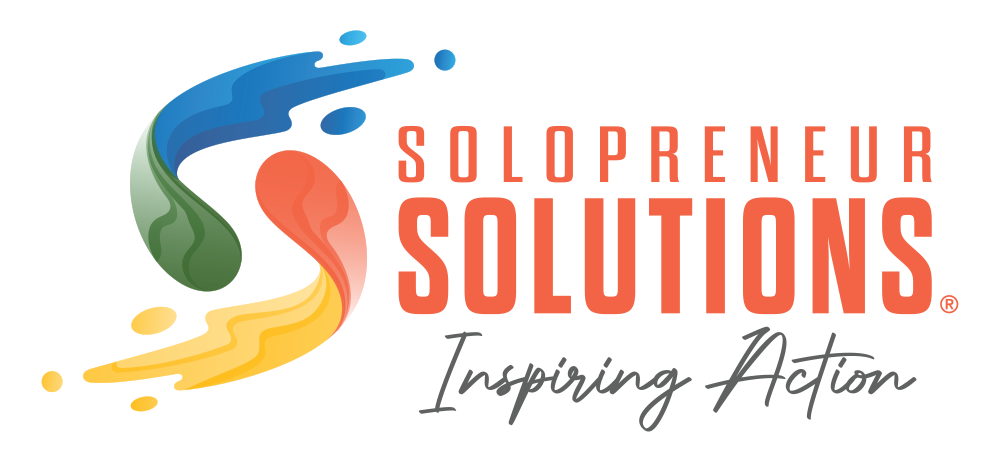Email is an important component of online marketing. And yet, there is more to email marketing than simply typing a message and sending it to the world. Why should you invest considerable effort in writing emails that convert?
- The worldwide number of active email accounts is expected to reach almost 5.6 billion by 2019.
- In the U.S. alone, 72% of adults prefer to communicate with companies through email.
Clearly, consumers are using email and willing to read yours, if they have signed up to receive them. But how can you ensure your emails will be read? There is no guarantee, but several practices will make your email messages more enticing and readable.
Sell the OPEN
The role of the email subject line is to sell the OPEN. You cannot gain a click, opt-in, or sale from an unopened or deleted email. There are two main types of subject lines:
- Blind– A curiosity-based subject line intended to entice openings
- Direct– A benefit-based subject line that qualifies the reader before opening
Tantalizing blind subject lines usually increase open rates, but the click rate or conversion rate on the landing page will often decrease. Blind subject lines draw the subscriber in by their curious nature, but the offer may not be relevant to them. After opening and discovering the email doesn’t interest or apply, it’s quickly deleted.
The direct, benefit-driven subject line qualifies the subscriber. It spells out in a single line what the email is about. Therefore, if your reader isn’t interested in growing their savings (or whatever you provide), they simply don’t open. But, a higher percentage of those that do open are more likely to click and convert. Why? They are interested in your offer as stated in the subject line.
Sell the CLICK
Just as your email subject line has a primary role, so does your email body. The email copy must sell the CLICK. No matter your subject or industry, you must draw in your reader and compel them to click the link to go to your landing page. A good guideline is to include at least three links to the landing page in the main body of your email, each with its own psychological reason to click on it. The three links and reasons should appeal to the following:
- Curiosity
- Benefit
- Scarcity
Open with a line and link that grabs attention immediately and pricks curiosity:
- Don’t read this unless…
- Don’t attempt this by yourself…..
- Are you embarrassed?
- Did that sound stupid?
- Are you tired of…..?
The next blocks of text should explain the offer/product and give benefits:
- We generated 50,000 leads in 30 days….
- Improve your writing skills in less than 30 minutes…..
- Get your free ticket to this webinar….
- Buy one get one free…..
The last block of text and link should emphasize scarcity:
- This sale ends TOMORROW at MIDNIGHT….
- Through this weekend only……
- While supplies last (and they’re going FAST!)….
You’re reasoning changes from one link to the next. Curious? Click here. Benefit? Click HERE. Scarce? CLICK HERE! Intensity increases with each section, moving the reader along in the decision-making process. Of course, every email should be targeted to a specific audience, and with different audiences, your wording will vary.
Write for Different Audiences
Segmented emails result in 50% more clicks than non-segmented emails. Your particular industry and your marketing campaign objectives define your audience segmentation criteria.
Possible audience lists can include:
- Contest participation
- Demographics
- Interests
- New opt-in
- Source of lead
- Sales funnel drop off
For each audience, concentrate on the needs and wants that define your readers’ motivations to act on your message. Who is sending this email? How does this benefit me? Is this the right time? Answer these questions and solve the pain points for each audience and you will see an increase in click-throughs and sales.
Get Personal
Speak in your emails as you would to a friend. Use recipient’s names. Use plain language. Cold, automatic-sounding emails get deleted within one or two seconds. Remember, you are competing with literally hundreds of email messages your reader receives. Why should they read yours? Your goal is to connect with your readers as if you’re talking to them in person, so they’ll connect with you.
Tell Them What to Do
Tell your readers to how to respond by providing a compelling Call to Action (CTA) in your email body. Ideally, there should be at least three CTA’s with corresponding text blocks (see above). Always use contrasting colors on CTA buttons to create a visual distinction that draws the eye. Use action words to urge readers to respond. Short, simple CTAs are best:
- Get Now
- Order Yours Today
- Buy Here
- Sign Up Now
- Start Today
Feed the Skimmers
We’re all overloaded. Content must be brief and easy to read for every reader. However, it’s a fact that most of your audience is skimming your emails. With this in mind, include skimmable text blocks and segments. Can your reader understand your email message in five seconds or less? Your goal in that five seconds is to compel them to go back and read it through.
Also, include the main bullet points at the end of the email especially for skimmers. Call them out and they will appreciate your efforts:
“Skimming this email? I don’t blame you! Here’s what you need to know:”
- Restate curiosity point
- Restate benefit point
- Restate scarcity point
- Emphasize CTA
How have you used email marketing successfully in your business? We’d love to hear your tips, tricks, and lessons you’ve learned. Share your wisdom in the comments below.
